Dear friends, today we're going to learn with Paulina how to make six different of repulgue (rolls) for homemade empanadas. For those who don't know (although I think most do), repulgues (rolls) for empanadas are the ones that seal the empanadas so the filling doesn't leak out when baking or frying them. It's very important to achieve a good repulgue, especially for ham and cheese empanadas, which lose the most filling when cooked.
At first, making a good repulgue may seem complicated, but it's really all a matter of practice, and you'll see how easy it is by following these step-by-step instructions. What I liked most about this video is that now when we make homemade empanadas, we can identify what each empanada is made of before biting into it!
In this Paulina Cocina program, we'll learn how to make repulgues step by step, including different types and other tips for making unique empanadas. These repulgues can also be used for a pie: you'll just need to make them around the pie itself, but it's exactly the same.
See you next time
Nicola Garupa
Producer
Click here to follow me on my YouTube channel I upload exclusive for this network!
How to make Repulgues for empanadas: 6 different types!
The purpose of the repulgue, as we mentioned earlier, is to ensure the empanada stays tightly sealed and doesn't split open when cooked, preserving all of its filling. It's essential that we pay attention to achieving the perfect empanadas.
A tip to start with: I always recommend that the filling for the empanadas be very cold when we assemble them and make the crimping . Therefore, if you have time, it's best to leave it in the refrigerator for a while. On the one hand, this will allow us to handle the dough more freely since it won't heat up with the filling. On top of that, depending on the filling, using it cold will make the empanada juicier. Why Paulina? For example, with meat empanadas , if we leave the filling in the refrigerator, the juices will solidify a little, adhering to the meat and therefore remaining inside the empanada. Once we cook it, the juices will return to their liquid state, remaining completely inside the empanada (as long as we make a good crimping).
Another tip: be careful with the amount of filling. If you use too much, the empanada will end up splitting, no matter how well you fold it. You should have a few centimeters of dough left so you can work the fold comfortably.
Want more? Here's another one: always have a container of water nearby. As we assemble the empanadas, we moisten the edges of the dough . This moisture will help the two halves stick together more easily. Once the dough is sealed, apply a little pressure on the seal, but don't overdo it, as it could tear. Now, let's fold it! In the video, you'll find six different types of folding, like the ones you see below.
Chicken empanada repulgue
Have you noticed that the chicken empanadas we order in Argentina have this kind of repulgue? The repulgue on a chicken empanada usually goes on top, and after joining the pieces, you simply flatten them every few centimeters with your fingers, as you can see in the photo:
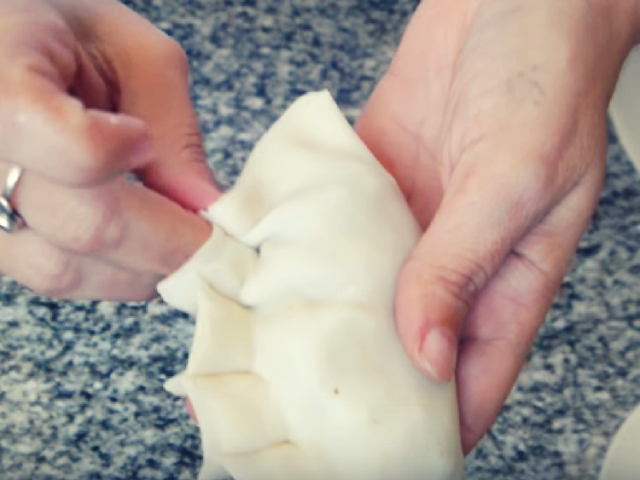
Traditional repulgue of meat empanada
We all know this one, right? What not everyone knows is how to make the repulgue without the meat empanada losing its juice. Watch the video! You have to turn the dough, and it's very important to do it carefully because otherwise, all the juice inside will be lost when it's baked!
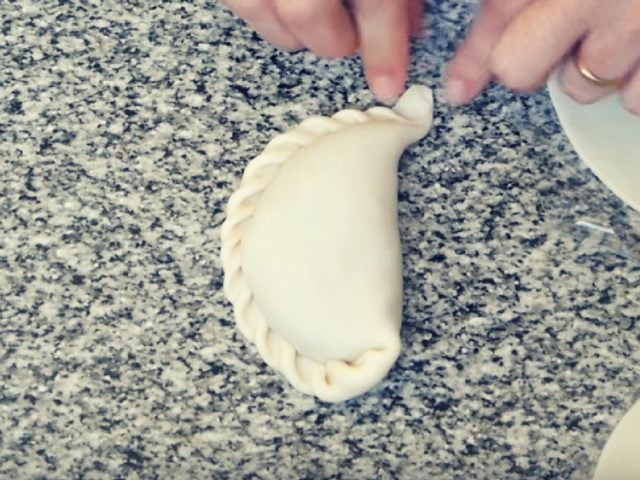
Ham and cheese empanada repulgue
Another classic made with a fork. Is this the easiest repulgue? For me, it's the hardest because ham and cheese are the fillings that tend to escape when cooking! In the end, it's easier to make the ham and cheese empanada in the shape of a basket.
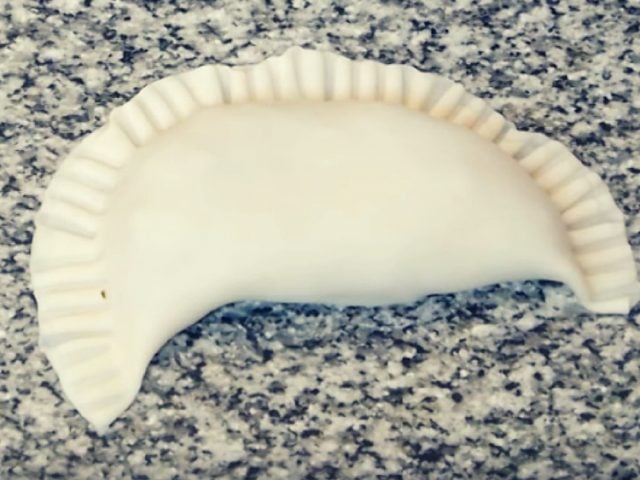
Humita empanada repulgue
Sometimes ham and cheese wraps also have this wrapping. I like it best with corn wraps, but as I mentioned before, it also helps prevent the cheese from escaping when cooking. Which one would you use it for?
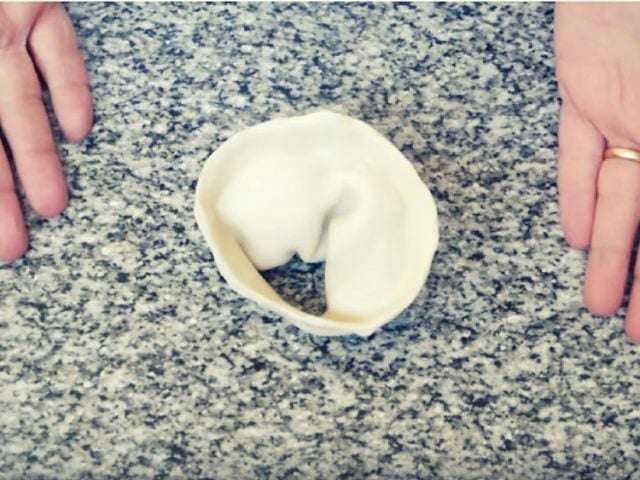
Fatay-style empanada repulgue (Arabic)
This is another one that many people know. You can leave a space in the middle if you're really going to use it for fatay . At home, we use this filling to make cheese and chorizo empanadas, although it's actually the original repulgue (repulgue) used for Arab empanadas.
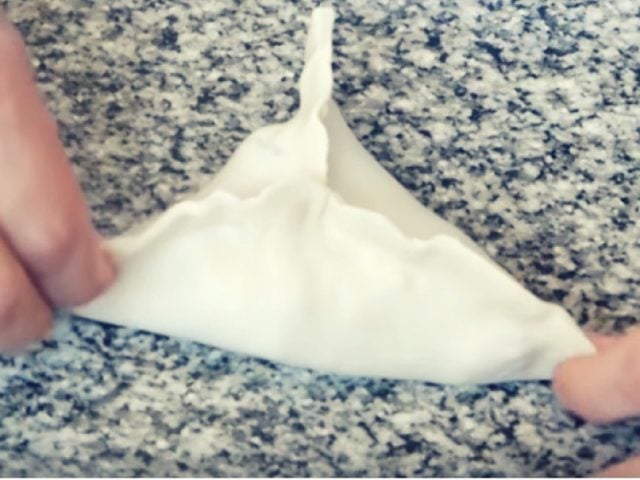
Empanada repulgue of your choice
You're going to tell me it looks like the repulgue on a chicken empanada, but it doesn't. If you watch the video, you'll realize it's different. What flavor of empanada would you use it for?
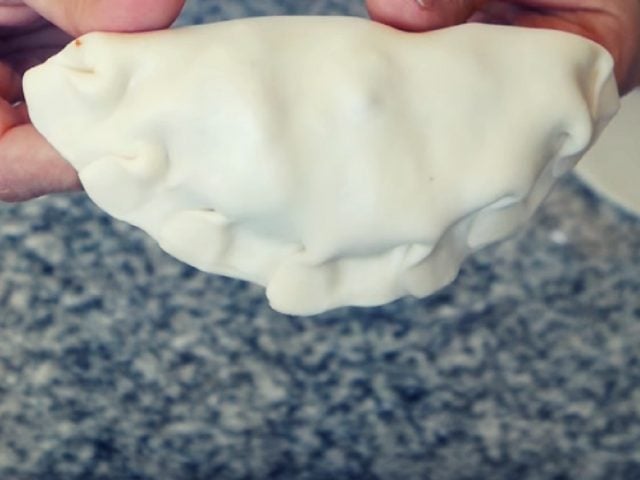
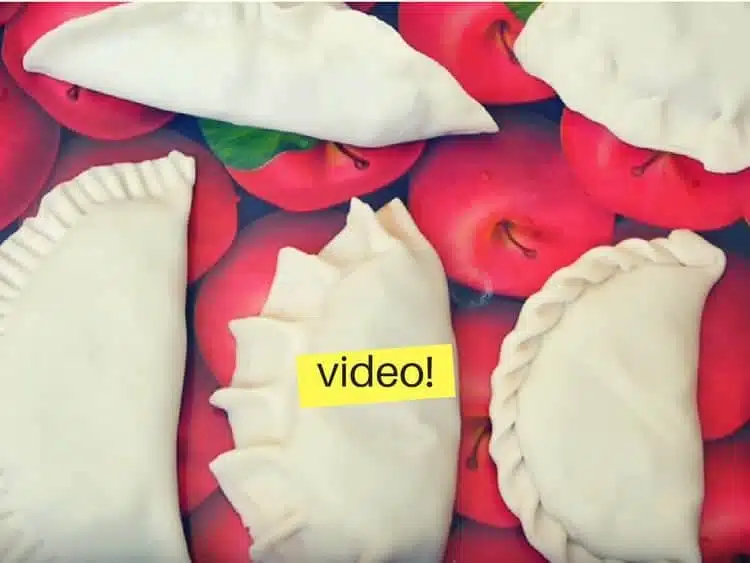
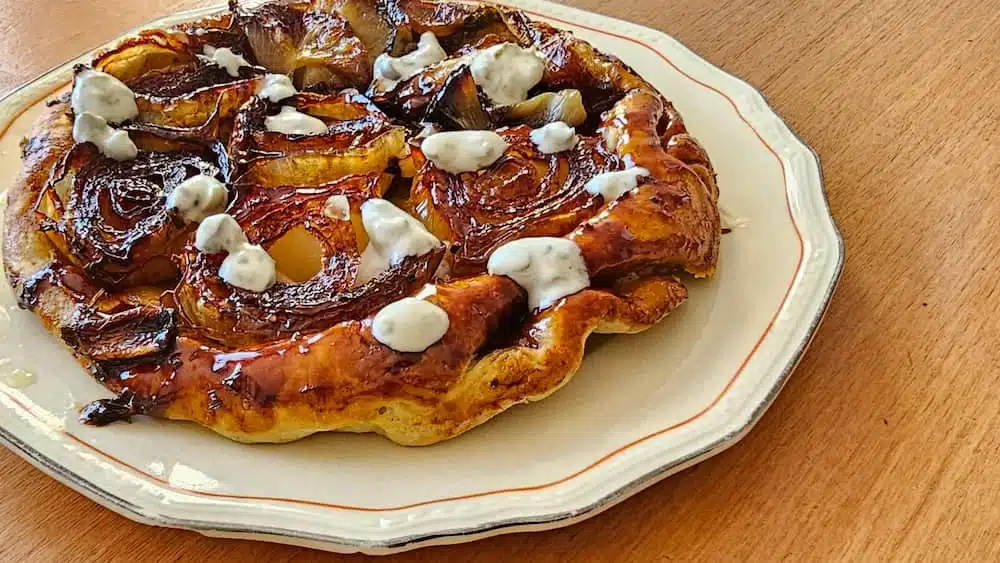
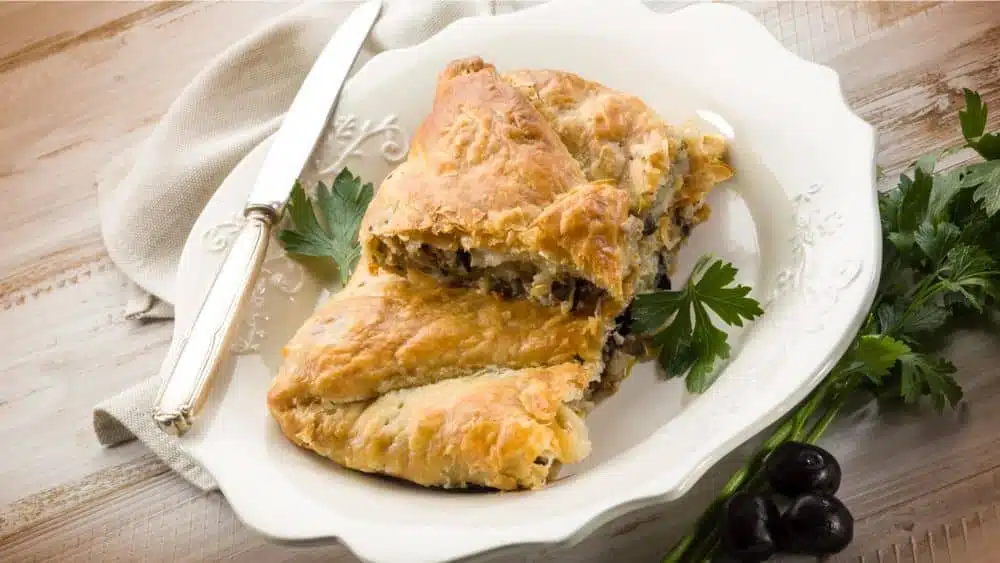
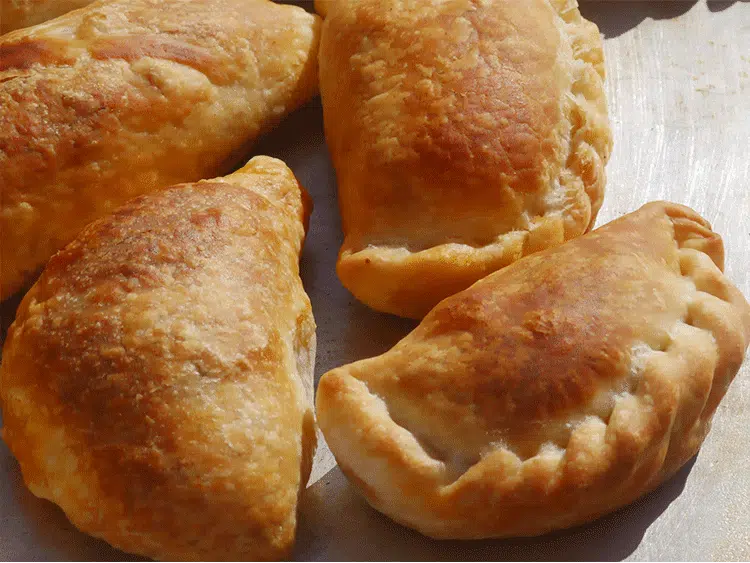


SODA/BEER CAP
I totally agree. Meat repulgue is called meat repulgue because it has meat in it. The ones with a fork are also for those who cook with children, which is why they're often made with ham and cheese. And if the cheese comes out, welcome!
Hello!
I call the "little finger" repulgue "little horns."
And the other one, "flattened horns."
For me, the ham and cheese one is the round one.
The worst part is that it’s true that there are people who bite into an empanada and make a face of disgust and say: uuuuuu no, no, this isn’t what I wanted … and calmly leave it bitten there… and they’re adults….!!!! It’s unbelievable, poorly raised, illiterate, fourth-rate people…!!!! Women of 50 and 60 years old..!!!! I’ve seen many more women than men who do that…. I swear.
Children… I was going to say pass!! but no, it’s not pass, because if you let them pass they’ll continue doing it their whole life…. You have to make them eat it without pouting and like gentlemen…
How great it is when you learn and have fun at the same time!!! Great!!!
Hi Paulina, the video needs to show how to wrap empanada baskets. Gourmet baskets are all the rage right now.